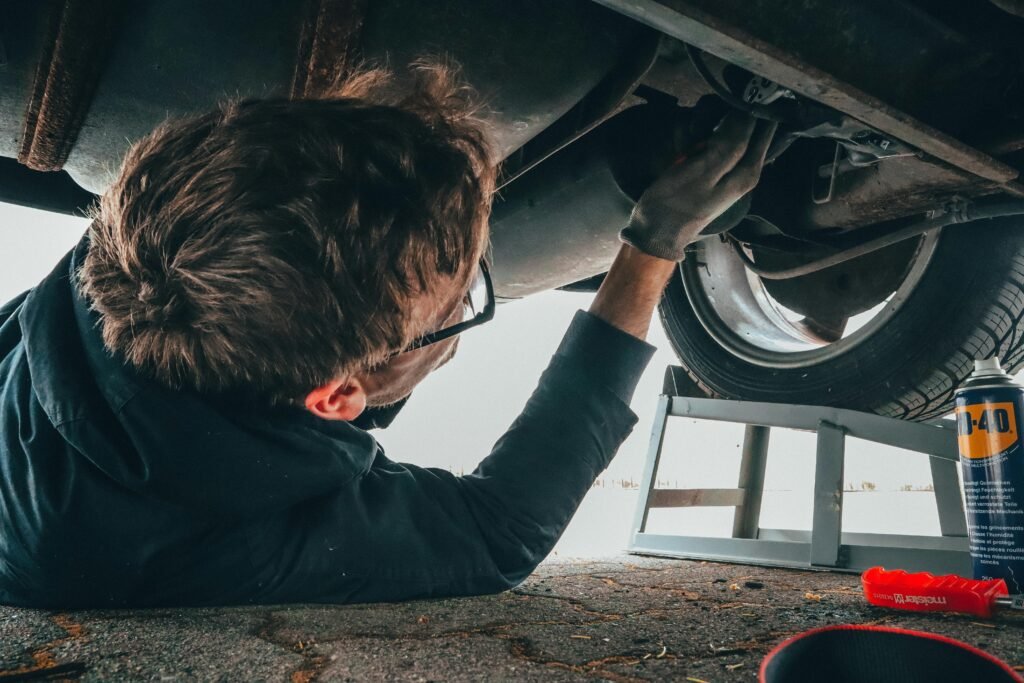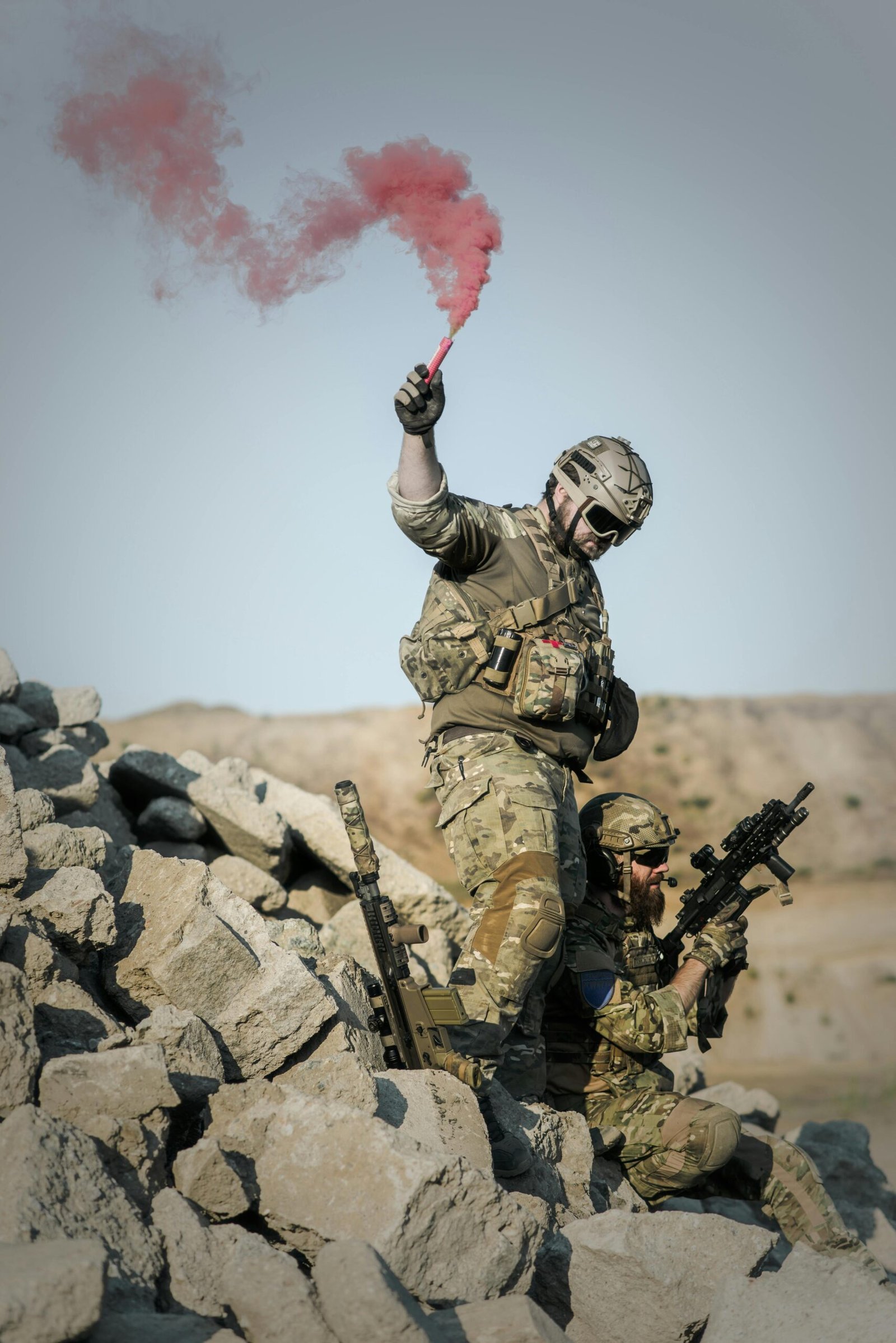Welcome to a comprehensive guide on the essential steps for gun cleaning and lubrication. In this article, you will learn the best practices for maintaining your firearm to ensure optimal performance and longevity. By following these simple steps, you can keep your gun in top condition and ready for your next shooting adventure. From proper disassembly to choosing the right cleaning products, we’ve got you covered. Let’s keep your firearm clean and well-lubricated for smooth and reliable operation.
Essential Steps for Gun Cleaning and Lubrication
Have you ever wondered how to properly clean and lubricate your gun to ensure it functions at its best? In this article, we will walk you through the essential steps for gun cleaning and lubrication to help you maintain your firearm in top condition.
Why is Gun Cleaning and Lubrication Important?
Taking care of your gun by regularly cleaning and lubricating it is crucial for its longevity and optimal performance. Over time, dirt, debris, and residue can build up inside your gun’s barrel and components, leading to malfunctions and reduced accuracy. By cleaning and lubricating your gun regularly, you can prevent corrosion, ensure smooth operation, and extend its lifespan.
Regular maintenance is key to keeping your gun in top condition.
Just like any other mechanical device, guns require proper care to function efficiently and reliably. By incorporating regular cleaning and lubrication into your gun maintenance routine, you can prevent malfunctions and ensure that your firearm is ready to perform when you need it.
Tools Needed for Gun Cleaning and Lubrication
Before you begin the process of cleaning and lubricating your gun, make sure you have the necessary tools and supplies on hand. Here is a list of essential items you will need:
| Tools and Supplies | Description |
|---|---|
| Gun cleaning solvent | Helps dissolve carbon buildup and residue |
| Gun lubricant | Reduces friction and ensures smooth operation |
| Bore snake or cleaning rod | Cleans the barrel and removes debris |
| Nylon brushes | Removes stubborn residue and dirt |
| Cleaning patches | Absorb solvent and residue during cleaning |
| Gun cleaning mat or cloth | Provides a clean surface for working on |
| Cotton swabs | Clean hard-to-reach areas and crevices |
| Microfiber cloth | Wipes down and buffs the exterior of the gun |
| Gun cleaning picks or tools | Helps clean intricate parts and components |
Having these tools and supplies at your disposal will make the process of cleaning and lubricating your gun much easier and more effective.

This image is property of images.pexels.com.
Steps for Cleaning Your Gun
Now that you have your tools and supplies ready, let’s walk through the essential steps for cleaning your gun. Follow these steps carefully to ensure thorough and effective cleaning of your firearm.
Step 1: Unload Your Gun
Before you begin cleaning your gun, always make sure it is unloaded to prevent any accidents. Remove the magazine, if applicable, and visually inspect the chamber to ensure there is no ammunition present.
Always treat your gun as if it is loaded and follow proper safety protocols throughout the cleaning process.
Step 2: Disassemble Your Gun
For a thorough cleaning, it is best to disassemble your gun according to the manufacturer’s instructions. Different types of firearms have varying disassembly procedures, so refer to your gun’s manual to properly take it apart.
Ensure you have a clean work surface and place all parts and components in an organized manner to prevent misplacement.
Step 3: Clean the Barrel
Using a bore snake or cleaning rod attached with a bore brush, run a solvent-soaked cleaning patch through the barrel to remove carbon buildup and residue. Repeat this process several times until the barrel is clean.
Ensure you clean from the chamber end to the muzzle to prevent damaging the rifling inside the barrel.
Step 4: Clean the Components
Using nylon brushes, cleaning patches, and cotton swabs, clean the remaining components of your gun, such as the slide, frame, and magazine. Apply a small amount of solvent to remove dirt and residue, and use brushes and patches to scrub away stubborn buildup.
Pay close attention to areas where dirt and debris tend to accumulate, such as grooves, crevices, and hard-to-reach corners.
Step 5: Inspect for Damage
While cleaning your gun, take the opportunity to inspect each component for any signs of wear, damage, or corrosion. Look for cracks, rust, or pitting that may affect the function of your firearm.
If you notice any issues, consider contacting a gunsmith for further assessment and repairs.
Step 6: Lubricate Your Gun
After cleaning all components thoroughly, it is important to apply a suitable gun lubricant to ensure smooth operation and reduce friction. Apply a small amount of lubricant to key contact points and moving parts, such as the slide rails, trigger mechanism, and barrel hood.
Avoid over-lubricating your gun, as excess lubricant can attract dirt and debris, leading to malfunctions.
Best Practices for Gun Lubrication
Properly lubricating your gun is just as important as cleaning it to maintain its functionality and performance. Here are some best practices for gun lubrication to keep your firearm in top condition.
Use High-Quality Gun Lubricant
When selecting a gun lubricant, choose a high-quality product specifically designed for firearms. Avoid using household oils or greases, as they may not provide adequate lubrication or compatibility with your gun’s materials.
Look for lubricants with corrosion inhibitors and temperature stability to protect your gun in various conditions.
Apply Lubricant Sparingly
When lubricating your gun, remember that a little goes a long way. Apply a small amount of lubricant to key contact points and moving parts to ensure smooth operation without excess oil buildup.
Excess lubricant can attract dust, dirt, and debris, leading to malfunctions and affecting the overall performance of your firearm.
Regularly Inspect and Reapply Lubricant
Over time, lubricant can break down or evaporate, diminishing its effectiveness in reducing friction and wear. Regularly inspect your gun for signs of dryness or wear, and reapply lubricant as needed to keep your firearm functioning smoothly.
Ensure you use the right type of lubricant for each component of your gun to prevent damage or malfunctions.

This image is property of images.pexels.com.
Final Tips for Gun Maintenance
Now that you have learned the essential steps for gun cleaning and lubrication, here are some final tips to help you maintain your firearm in top condition:
- Perform regular maintenance on your gun, including cleaning and lubricating at appropriate intervals based on your usage and environmental conditions.
- Store your gun in a cool, dry place away from moisture and humidity to prevent corrosion and damage.
- Follow proper handling and safety protocols when using and cleaning your gun to prevent accidents and injuries.
- Seek professional help from a gunsmith for complex repairs, modifications, or maintenance tasks beyond your expertise.
By following these tips and incorporating proper gun maintenance into your routine, you can ensure that your firearm functions reliably and efficiently for years to come. Remember, a well-maintained gun is a safe and effective tool for sport shooting, hunting, or self-defense.
Now that you have the knowledge and tools to properly clean and lubricate your gun, take the time to care for your firearm and enjoy its optimal performance every time you use it. Stay safe and happy shooting!
